Unveiling the Secrets of Freshwater Pearls: A Journey into Natural Elegance

Pearls are amongst the most distinctive gemstones ever discovered.
They possess a sleek and stylish allure that is unmatched.
However, there is much more to a single pearl than its stunning luster and ethereal beauty.
Despite their uniform appearance, pearls exist in various varieties, one of the most popular being freshwater pearls.
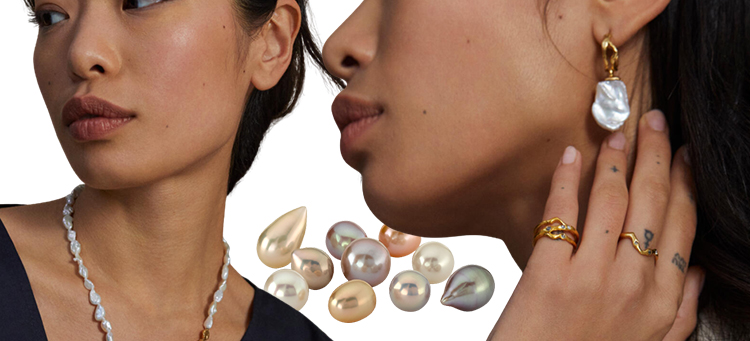
These beauties have always remained a mystery for many.
This blog will unveil the hidden mysteries that shroud these exquisite gems, revealing their mesmerizing allure and enchanting origins.
What are freshwater pearls?
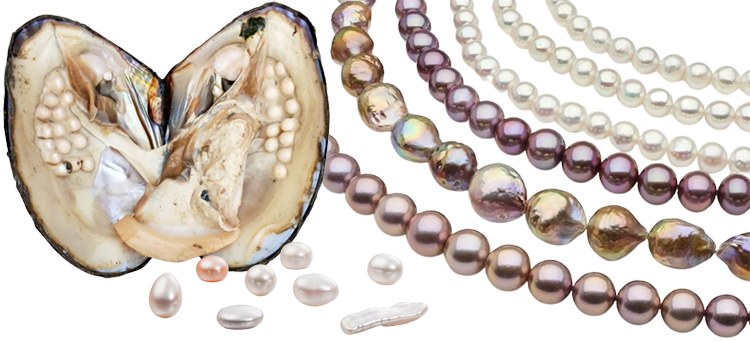
Freshwater pearls, as their name implies, are pearls that develop in freshwater environments.
This water constitutes approximately 3% of the world's total water volume.
Freshwater pearls are cultivated in ponds, lakes, and rivers rather than the ocean.
They are cultured from mussels rather than oysters and are renowned for their diverse natural colors, such as white rose, delicate lavender, cream, and peach.
Types of Freshwater Pearls
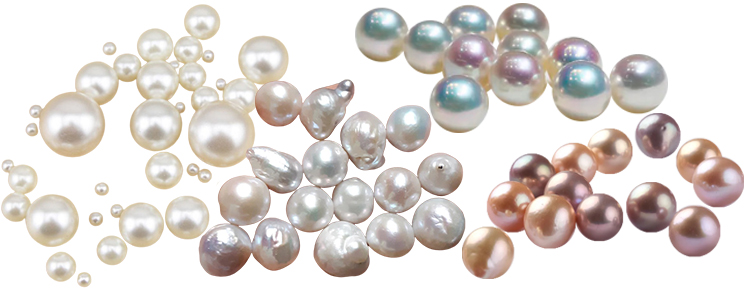
When exploring freshwater pearls, you will encounter variations in size, shape, and color, offering exciting vast options to suit individual needs and design choices.
Size:
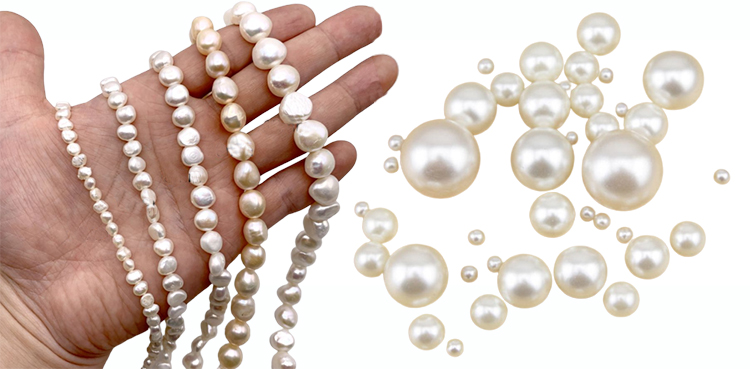
Freshwater pearls range from tiny seed pearls of around 1mm to larger pearls measuring up to 15mm or more.
The size of a pearl can significantly impact its overall appearance and the statement it makes when incorporated into jewelry.
Shape:

Freshwater pearls exhibit various shapes, including classic round, button, oval, drop, and baroque.
While round pearls are highly coveted for their symmetrical beauty, other shapes, like baroque pearls, possess an organic, irregular charm that adds uniqueness and character to jewelry designs.
Color:

Freshwater pearls display a rich palette of colors, including white, cream, pink, lavender, peach, and even metallic shades.
These natural hues can be enhanced by dyeing to create vibrant and exotic colors.
Luster and surface quality:

Freshwater pearls are known for their soft, subtle glow, though higher-quality pearls may exhibit a more pronounced and reflective luster.
Surface quality refers to the presence of blemishes, spots, or imperfections.
While perfectly smooth pearls are rare, high-quality freshwater pearls have minimal surface irregularities.
Natural freshwater pearls & Cultured freshwater pearls
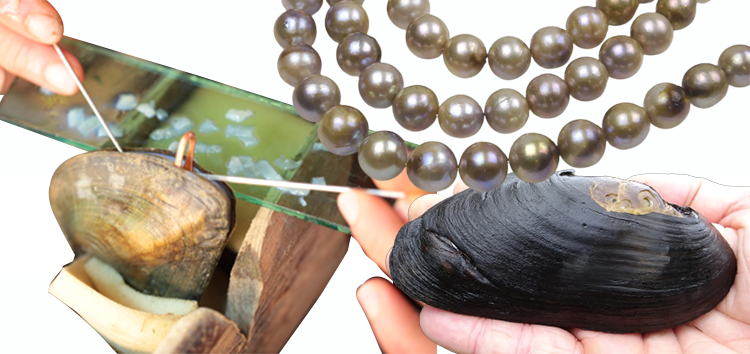
Natural freshwater pearls are formed by chance in freshwater mussels without human intervention.
They are relatively rare and highly valued for their organic beauty.
On the other hand, cultured freshwater pearls are created deliberately by inserting a nucleus or irritant into the mussel, stimulating pearl formation.
Cultured pearls are more abundant and accessible, making them popular in the jewelry industry.
While natural pearls are prized for their uniqueness, cultured pearls offer various shapes, sizes, and colors, allowing for greater creativity in jewelry design.
Harvesting Freshwater Pearls
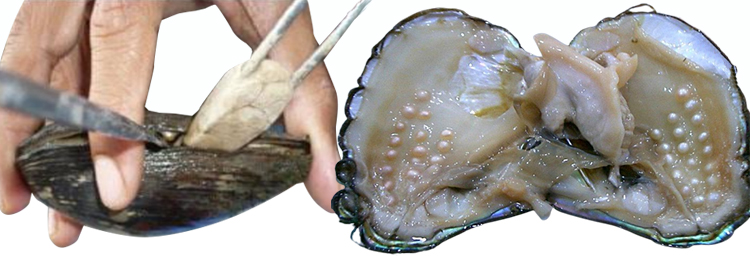
Harvesting freshwater pearls involves the art of pearl cultivation, which requires careful farming techniques.
Mussels are carefully selected and placed in freshwater lakes or ponds.
The mussels are then gently opened, and a small piece of mantle tissue is inserted along with a nucleus.
Over time, the mussel coats the nucleus with layers of nacre, forming a pearl.
The cultivation process takes several years, during which the mussels are monitored for optimal growth.
Skilled farmers employ techniques to ensure the health and well-being of the mussels, allowing them to produce high-quality and lustrous freshwater pearls.
Geographic Origins of Freshwater Pearls
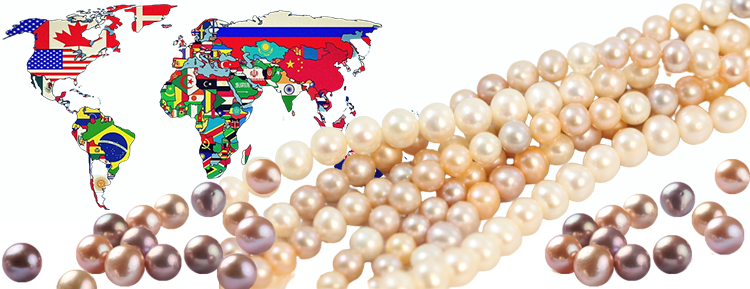
Freshwater pearls can be found in regions across the globe, including China, the United States, Japan, and Europe.
China is the largest producer of freshwater pearls, with its rivers and lakes providing ideal conditions for mussel cultivation.
The history of freshwater pearls goes back thousands of years, with evidence of their usage in ancient China and Egypt.
Freshwater pearls were also utilized in the indigenous cultures of Native America.
Freshwater pearls were significant in ancient China as symbols of luck and prestige.
They were commonly incorporated into jewelry.
In Egypt, freshwater pearls represented wealth and prestige, frequently adorning jewelry and embellishments.
Native American cultures in North America also embraced freshwater beads, primarily for jewelry and decorative purposes.
Beads were often sourced from freshwater shells or mollusks and were frequently used in religious ceremonies and commercial transactions.
The Appeal of Freshwater Pearls in Jewelry
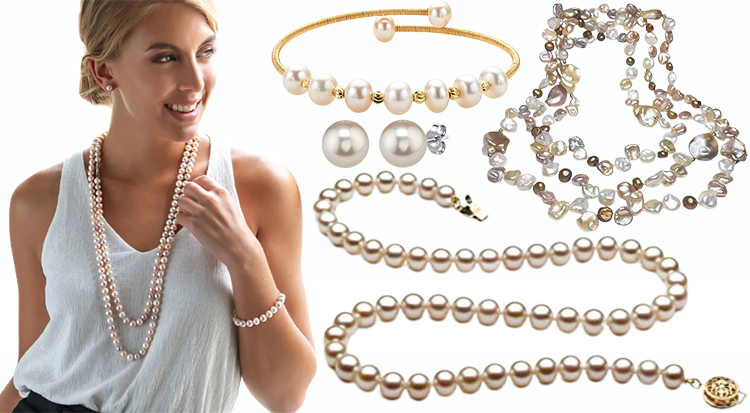
Freshwater pearls hold a timeless appeal in the jewelry world, adding a touch of elegance and sophistication to any ensemble.
They are commonly used in necklaces, earrings, and bracelets, offering versatility in design and style.
They can be incorporated into classic, vintage, or modern jewelry designs, making them suitable for various fashion trends and personal styles.
Caring for Freshwater Pearls
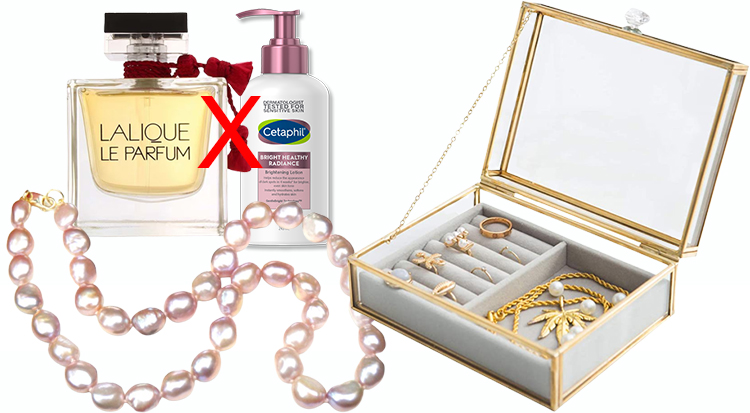
Caring for freshwater pearls is essential to maintain their beauty and longevity.
Avoid harsh chemicals that damage pearls' delicate surfaces.
It's vital to store freshwater pearls separately from other jewelry.
Store them in a safe jewelry box to protect them from moisture and direct sunlight.
Also, avoid exposing pearls to perfumes or lotions, which can cause discoloration.
Proper cleaning and storage allow freshwater pearls to be cherished and enjoyed for years.
The Value of Freshwater Pearls
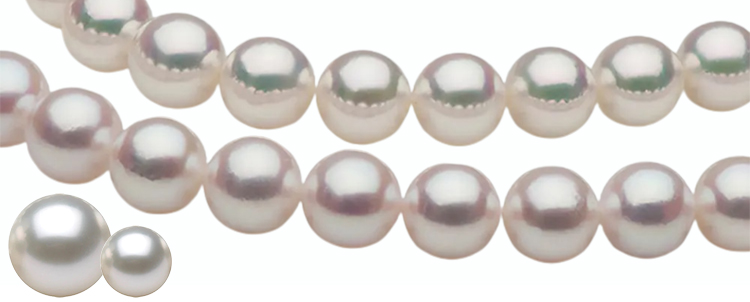
The value of freshwater pearls is influenced by various factors determining their market worth.
Size, shape, color, luster, surface quality, and overall rarity significantly determine a pearl's value.
More extensive, rounder pearls with excellent luster and minimal surface blemishes are highly sought after and command higher prices.
Market trends and demand for certain pearl types and colors can also influence their value.
Freshwater Pearls vs. Other Types of Pearls
When comparing freshwater pearls to Akoya pearls or South Sea pearls, several factors differentiate them in color, nacre quality, shape, surface quality, luster, and size.
Comparison |
Freshwater Pearl |
Akoya Pearl |
South Sea Pearl |
| Color | Many hues, including white, pink, lavender, and pastels. |
White to grey colors with pink, green, and silver overtone. |
Natural white, cream, and golden shades. |
Nacre Quality |
Solid nacre coating, offering durability. |
Thinner nacre layers may affect durability. |
Thicker nacre layers ensure long-lasting pearls. |
Shape |
Irregular shapes and unique (baroque, off-round). |
Round shapes, prized for their symmetry. |
Primarily round shapes with some variation. |
Surface Quality |
Slight imperfections, such as blemishes and pits. |
Smoother surface with fewer visible flaws. |
Smoother with minimal imperfections. |
Luster |
Soft, subtle luster for an elegant glow. |
Intense, mirror-like luster for a classic look. |
Radiant luster for a luxurious appearance. |
Size |
Smaller in average size, ranging from 2mm to 12mm. |
Moderate size, typically ranging from 7-12mm. |
larger, ranging from 8-20mm or more. |
Exploring Fashion and Trends with Freshwater Pearls
Freshwater pearls have experienced a resurgence in fashion, with celebrities endorsing their timeless appeal.
From red-carpet appearances to high-profile events, celebrities have been seen donning stunning freshwater pearl jewelry, elevating their outfits with a touch of elegance and sophistication.
Moreover, the designers and stylists embrace fresh perspectives on incorporating pearls into contemporary looks.
From minimalist and edgy designs to unconventional pairings, freshwater pearls are being reimagined and celebrated as versatile accessories that add glamour to any fashion trend.
Freshwater Pearl Buying Guide
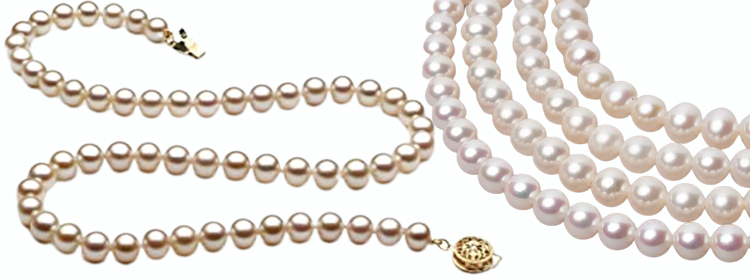
There are essential tips to keep in mind when buying freshwater pearls.
First, consider the seller's reputation and ensure they provide accurate information about the pearls.
Genuine freshwater pearls should feel cool to the touch.
Pay attention to the details that align with your preferences.
Lastly, consider the pearl's value concerning its quality, size, and rarity.
You can make a genuine purchase by recognizing these qualities and authenticity factors.
Summary
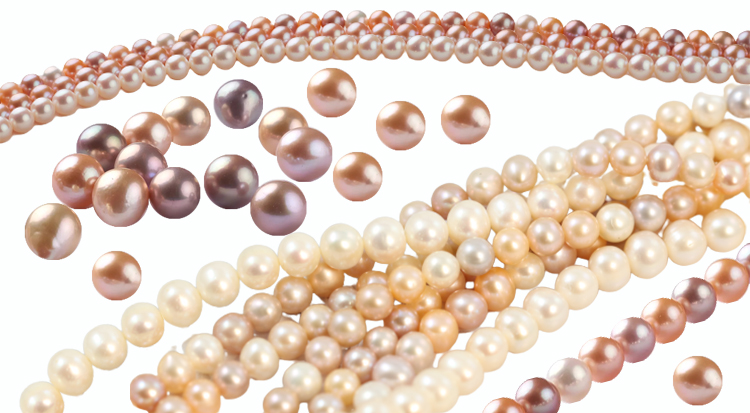
Freshwater pearls embody natural elegance and offer a stunning range of sizes, shapes, and colors.
Their affordability, versatility, and timeless allure have become a popular choice in jewelry.
Whether adorning classic or modern designs, freshwater pearls add a touch of elegance, making them a cherished gem cherished by jewelry enthusiasts worldwide.
References and Further Reading
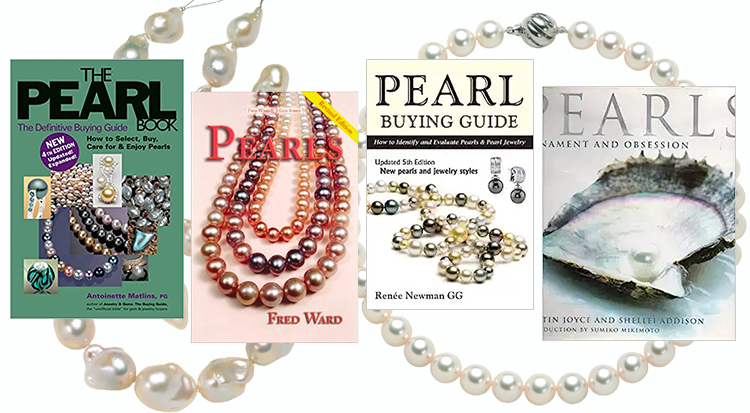
1. "The Pearl Book: The Definitive Buying Guide" by Antoinette Matlins
2. "Pearls" by Fred Ward
3. "Pearl Buying Guide: How to Identify and Evaluate Pearls & Pearl Jewellery" by Renée Newman
4. "The Pearl Sourcebook: A Comprehensive Guide to the Pearl Industry" by American Gem Trade Association (AGTA)
5. "Pearls: Ornament and Obsession" by Kristin Joyce
These resources provide valuable information on freshwater pearls, including their size, shape, color variations, luster, and surface quality.
They offer detailed insights into the different types of freshwater pearls and their characteristics, aiding in selecting pearls for jewelry design.
For further exploration and in-depth knowledge, these references and recommended literature are excellent sources to expand your understanding of freshwater pearls.


Leave a Comment